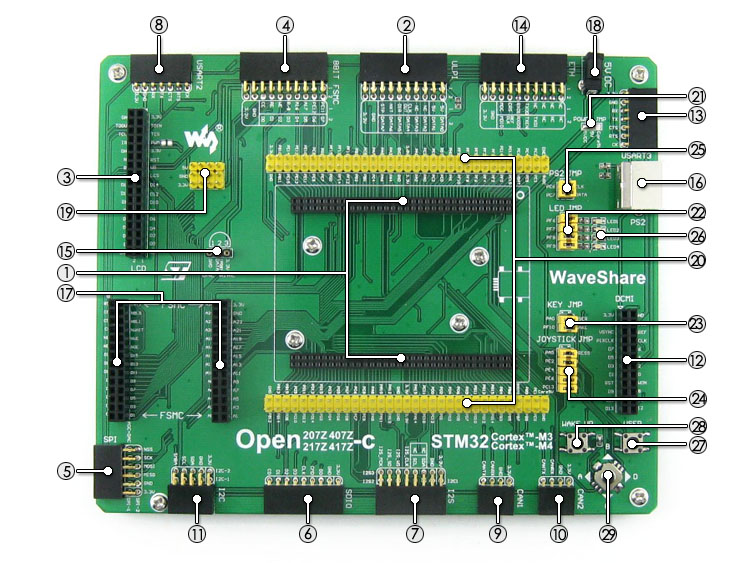STM32 development board designed for the STM32F407ZxT6 MCU, and integrates various standard interfaces, pretty easy for peripheral expansions.
The Open407Z-C supports further expansion with various optional accessory boards for specific application. The modular and open design makes it the ideal for starting application development with STM32F4 series microcontrollers.
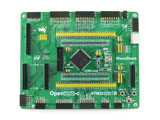
Open407Z-C development board
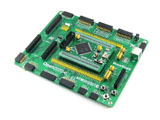
Open407Z-C development board

Open407Z-C development board back view

Open407Z-C mother board

MCU core board Core407Z
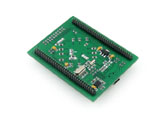
MCU core board Core407Z

Connecting to a debugger

Connecting to various peripherals
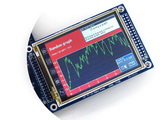
Open407Z-C μC/OS-II (Ⅰ)
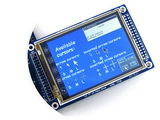
Open407Z-C μC/OS-II (Ⅱ)
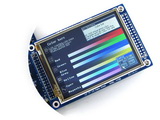
Open407Z-C μC/OS-II (Ⅲ)
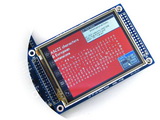
Open407Z-C μC/OS-II (Ⅳ)

Connecting to USB device through OTG cable

Connecting to USB3300 USB HS Board

Connecting to UDA1380 Board
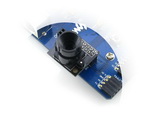
Connecting to OV7670 Camera Board
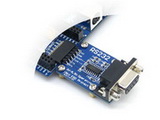
Connecting to RS232 Board
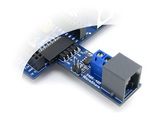
Connecting to RS485 Board
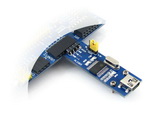
Connecting to USB UART Board

Connecting to CAN Board
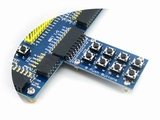
Connecting to 8 Push Buttons

Connecting to 5 IO Keypad
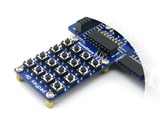
Connecting to AD Keypad

Test Board on the AD/DA port
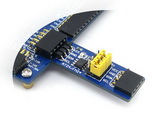
Connecting to FRAM Board
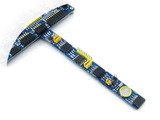
Multi I2C peripheral Module connected to the I2C bus
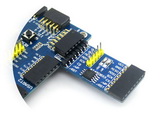
Connecting to DataFlash Board
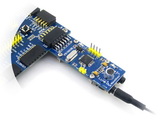
Connecting to VS1003B MP3 Board
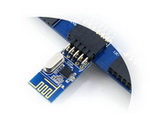
Connecting to NRF24L01 RF Board
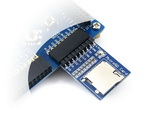
Connecting to Micro SD Storage Board
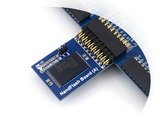
Connecting to NandFlash Board
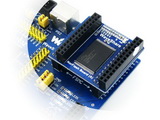
Connecting to NorFlash Board

Connecting to SRAM Board

Connecting to Ethernet Board

Connecting to any accessory board you need
 | 0 订单数量
| 0 订单数量 顺丰速运 (https://www.sf-express.com/)
顺丰速运 (https://www.sf-express.com/) 圆通快递 (https://www.yto.net.cn/)
圆通快递 (https://www.yto.net.cn/) 中通快递 (https://www.zto.com/)
中通快递 (https://www.zto.com/) 顺丰速运 (https://www.sf-express.com/)港澳台
顺丰速运 (https://www.sf-express.com/)港澳台 无需物流 (线下配送)
无需物流 (线下配送)

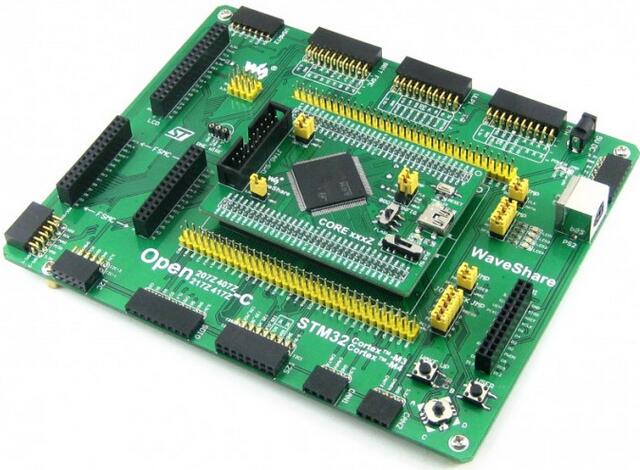
 规格书
规格书
